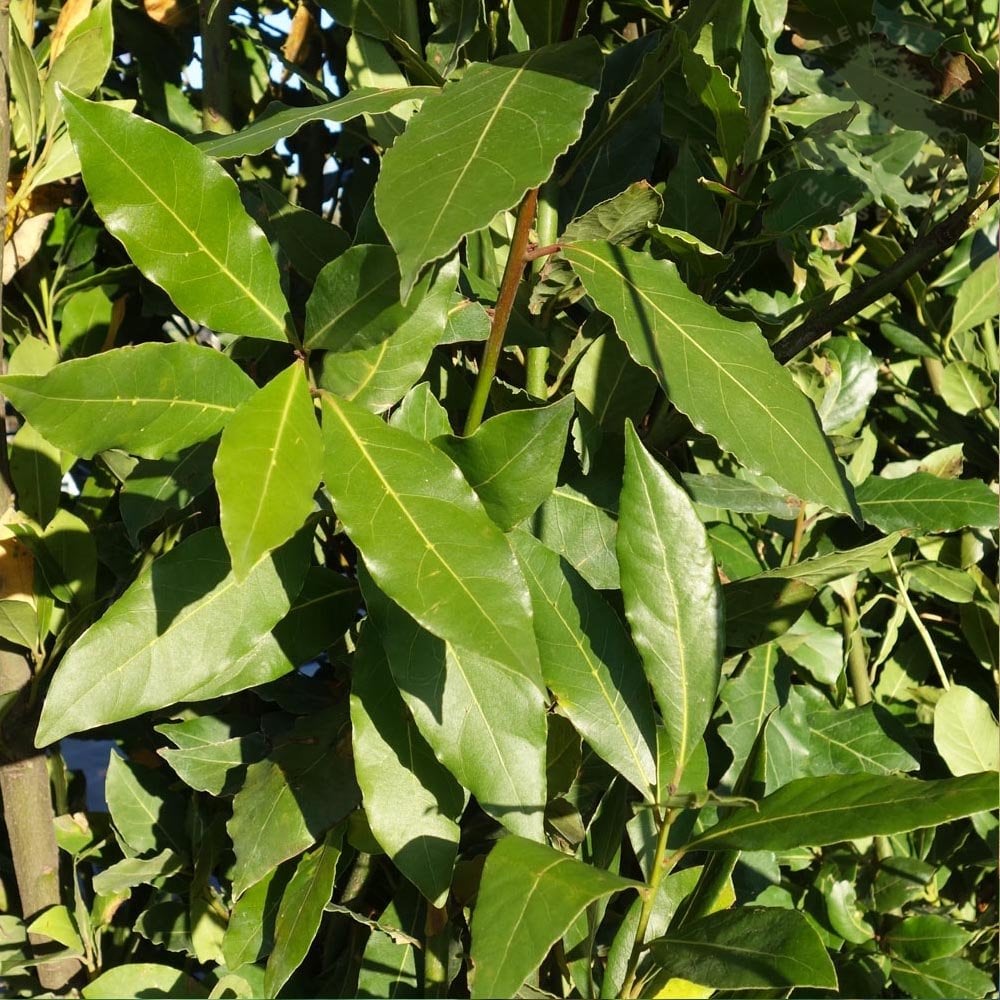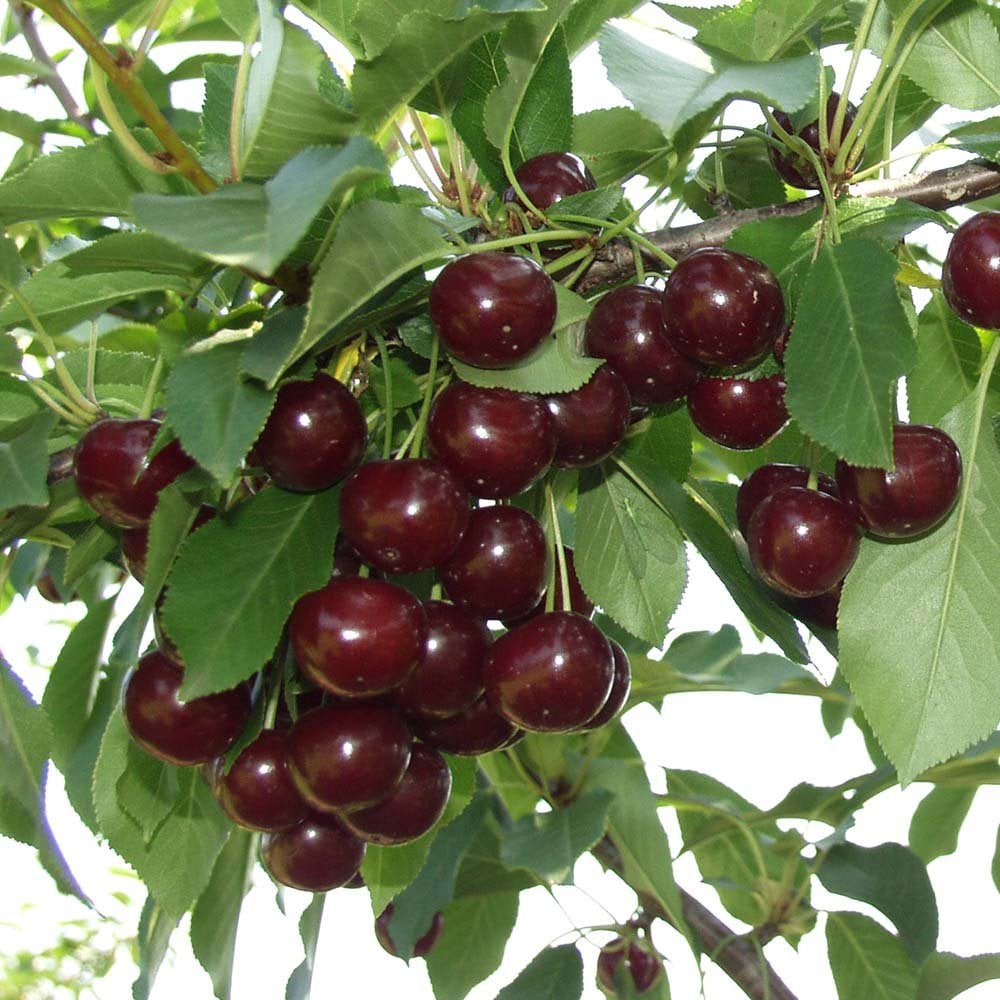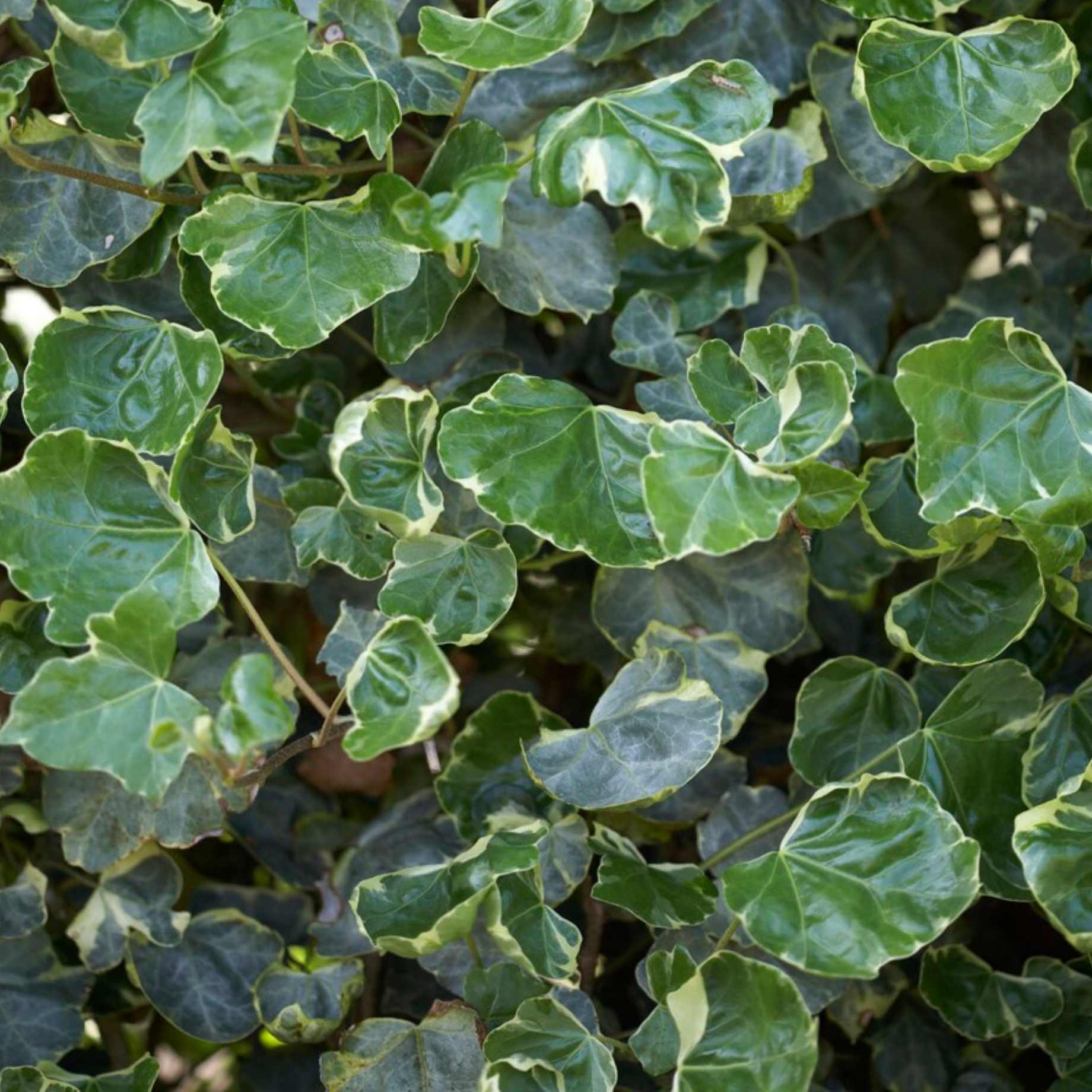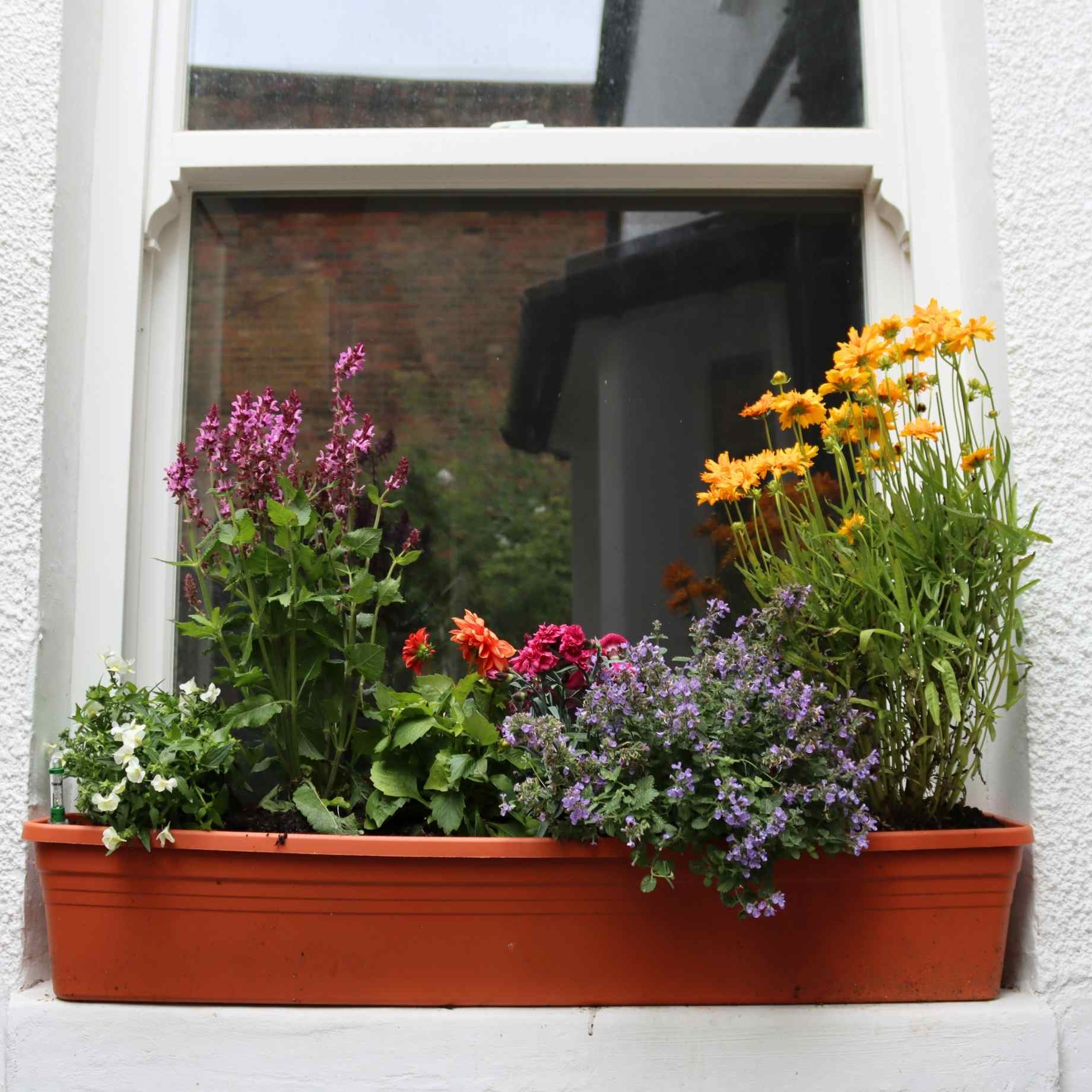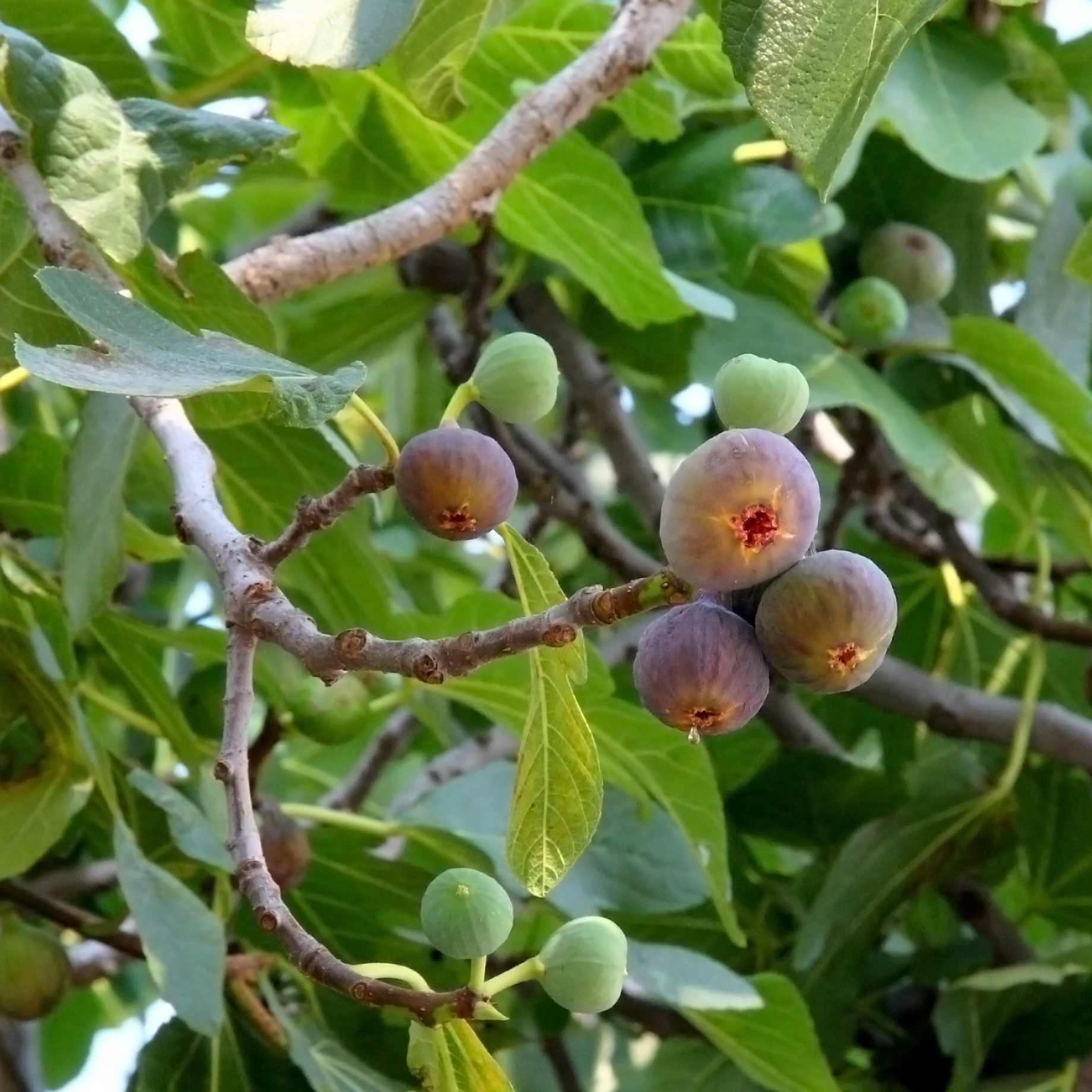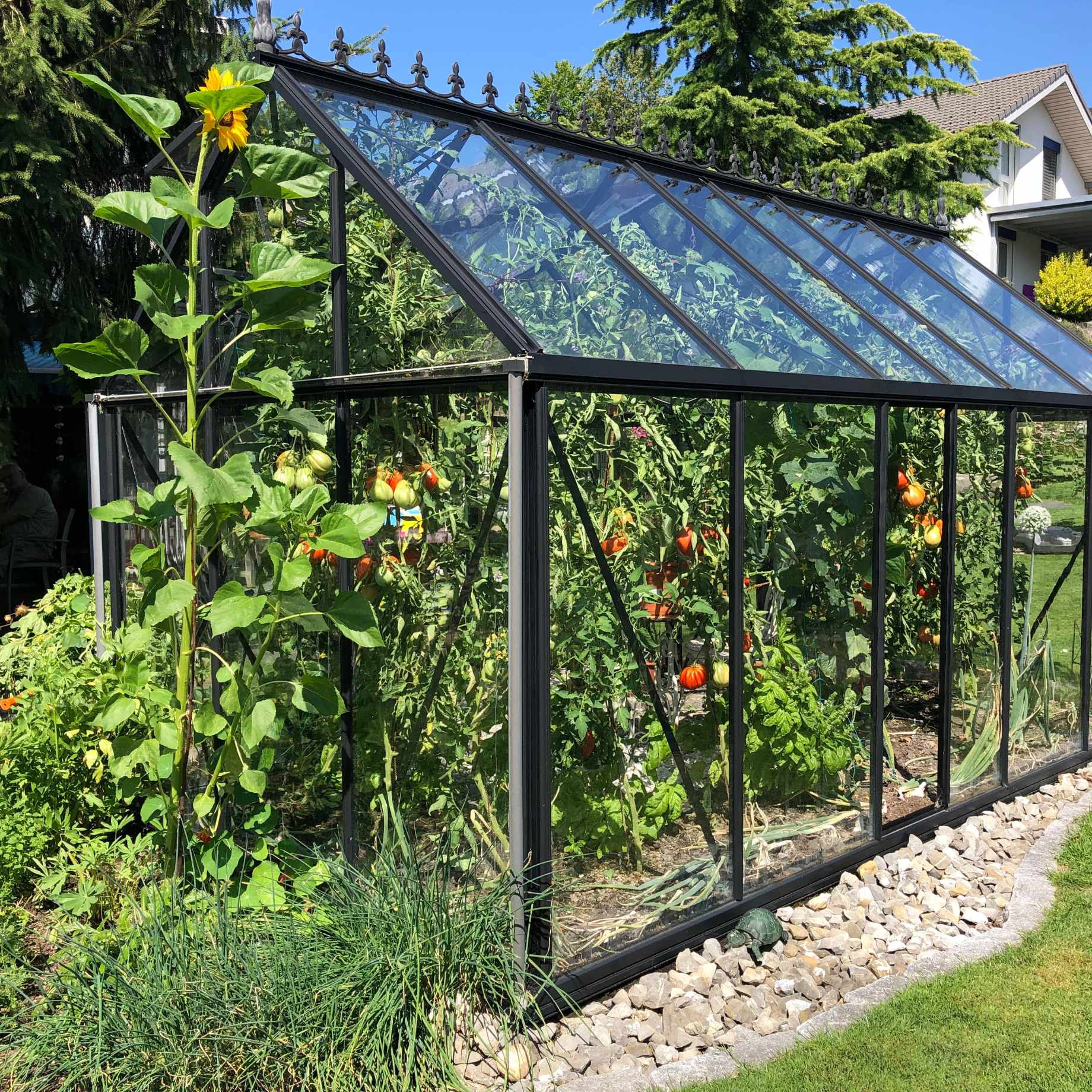Key features
AwardsRHS Award of Garden Merit
Final size6 x 4 metres in 20 years
FoliageGreen leaves year-round (evergreen)
FlowersYellow-green flowers in spring
Eco benefitsGood for pollinators
SoilPrefers well-draining soil
Description
Commonly known as the Bay tree, Laurus nobilis has wonderful aromatic evergreen foliage. The glossy, slender leaves not only look and smell good, they are also great for adding flavour to foods such as stews and soups. Further interest is provided with clusters of small yellow-green flowers that are popular with bees in spring. These are followed by ornamental black fruits.
Excellent for providing evergreen screening or shelter, Bay Laurel can cope with exposed positions if it is not in a northerly climate. This Bay tree benefits from pruning to create fresh growth, but if left unpruned you can expect a height and spread of around 6 x 4 metres in 20 years. Plant in full sun or dappled shade and enjoy the wonderful fragrance when you brush past.
Laurus nobilis Bay tree has received the RHS AGM status and Plants For Pollinators label.
AKA Bay Laurel tree, Bay tree
Planting Steps
1Preparation
- Pot-grown plants can be planted at any time of year, whereas bare roots need to be planted between November and March.
- Clear weeds and grass within a metre of the planting hole.
- Dig a hole as deep as the root mass and twice as wide.
- To help your plant establish more effectively, sprinkle Rootgrow in the hole.
2Planting
- Gently loosen the roots and place into the planting hole.
- Ensure the top of the plant’s compost is flush with the level of the surrounding soil and the graft union or collar of the tree is above ground level.
- Mix 50% of the original soil with 50% compost.
- Fill in the hole, firming the soil gently.
3Last Steps
- Water generously around the base of the plant.
- If you are planting either a single stem tree or mature standard tree, we recommend adding a staking kit and rabbit guard.
Aftercare Advice
Trees and shrubs require a good watering regime for a couple of years whilst they establish. Water well and regularly through spring and summer, increasing in hot or dry weather. If planting in autumn, you may only need to water a little. It is advisable to keep the area free of competing weeds and grass during this period.
For more detailed advice and video guides, please visit our Help & Advice section.

